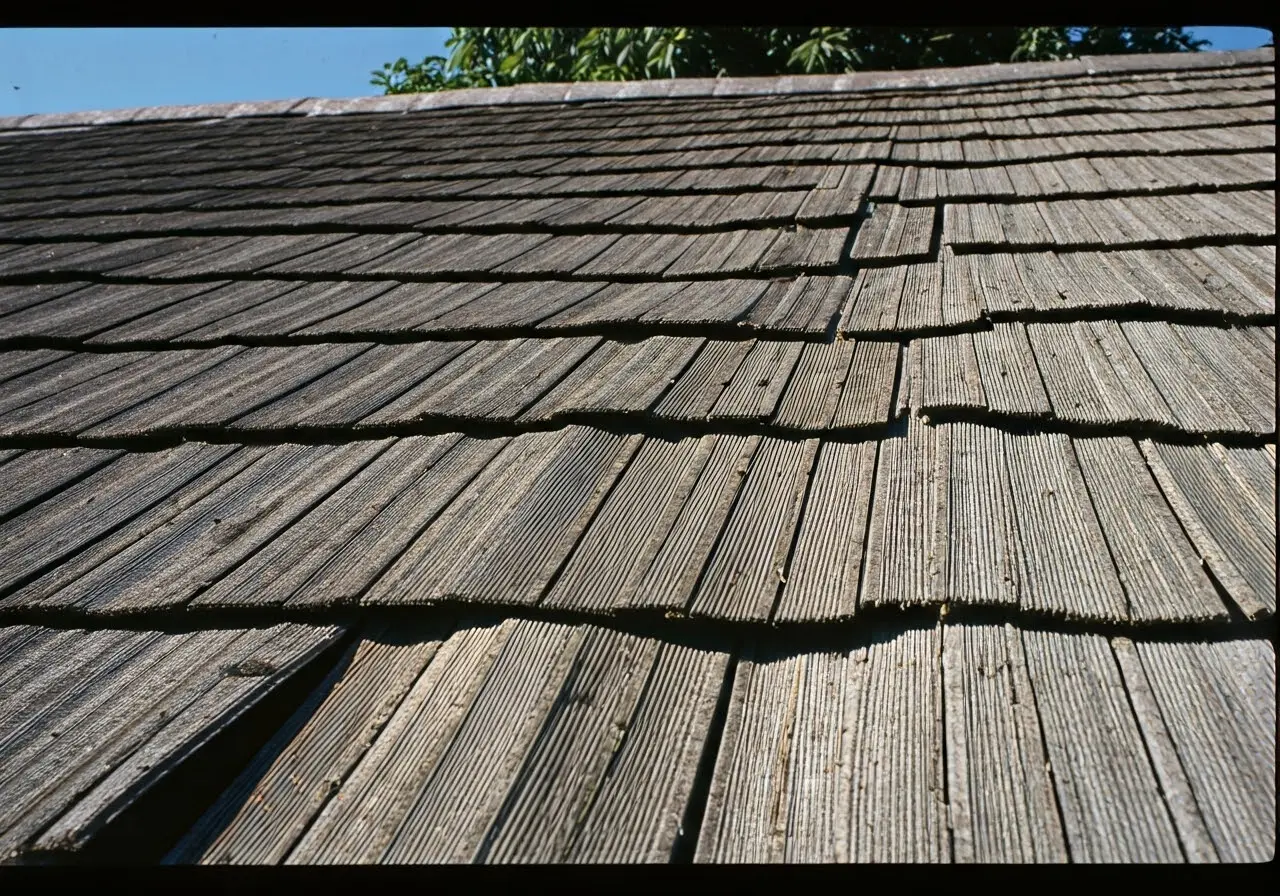Determining whether your roof needs replacement can be a daunting task, especially if you’re unsure of what signs to look for. This guide will walk you through the key indicators and considerations to help you make an informed decision about your roof’s condition.
Look for Visible Damage
Begin by inspecting your roof for visible damage such as missing or cracked shingles, curling, or granule loss. These are common signs that your roof may need repair or replacement.
Missing shingles are not just an aesthetic issue; they indicate reduced protection from the elements. Shingles can go missing from the impact of harsh weather or from poor initial installation. Over time, this exposure can lead to more significant damage to the underlying roof structure.
Granule loss can often be found in your gutters, revealing the erosion of your shingles’ protective outer layer. Without these granules, your roof might succumb to the damaging effects of UV rays and severe environmental conditions much faster.
Additionally, if you notice any sagging areas or uneven spots on your roof, it could signify structural damage. This is a serious issue that risks further decay and possible leaks, which affect the entire roofing system. Such symptoms typically require immediate professional evaluation.
Check for Leaks and Water Damage
Look inside your home for signs of water damage or leaks, especially after heavy rains. Discoloration on ceilings or walls can indicate that your roof’s protective barrier is compromised.
A musty smell indoors can be a subtle clue pointing towards water infiltration. Prolonged exposure to moisture can lead to mold and mildew growth, which not only impacts your home’s structure but also your health.
Pay attention to any bubbling or peeling wall paint. These signs often suggest that water has penetrated your interior spaces. Such symptoms are typically noticed first in attic spaces; hence, regular inspections of your attic should be part of your routine roof maintenance checklist.
Check not only your ceilings and walls but also around chimneys and skylights where leaks can commonly develop. Faulty flashing or improper sealing at these points can be major sources of leaks and should be checked diligently.
Assess the Age of Your Roof
Consider the age of your roof. Most asphalt shingle roofs last about 20-25 years. If your roof is nearing this age, it may be time to consider a replacement, even if it appears in good condition.
Longevity can be affected by multiple factors including the local climate and the roof’s exposure to severe weather. For instance, homes in regions with harsh winters or intense sun may experience faster wear and tear.
If you bought your home and don’t know when the roof was last replaced, try to locate any home improvement records or request an inspection from a local roofing contractor to help estimate the roof’s age.
Additionally, if roofing materials used originally were of lower quality, they might require earlier replacement. Modern roofing materials boast better durability, and upgrading might provide you not only with a longer-lasting roof but also improved energy efficiency and home value.
Evaluate Energy Efficiency
Increased energy bills can be a subtle sign of roof damage. A well-insulated roof should help maintain your home’s temperature. If you’re noticing spikes in energy costs, your roof may be failing.
Consider inspecting your attic insulation as well. If it’s compromised, even a minor roof issue could lead to exponential increases in your heating or cooling costs. Regular maintenance checks can prevent such unnecessary expenses.
Homes with older roofs might not benefit from advances in roofing technology designed for energy efficiency. For example, replacing an old roof with energy-efficient materials could lead to savings in the long term by better managing thermal retention.
Thermal tracking or ghosting on your ceilings or walls can reveal energy inefficiency caused by inadequate roofing. These darkened spots indicated where the wood framing is losing more heat than the surrounding insulated areas, pointing towards a need for replacement.
Consult a Professional Roofer
When in doubt, consult with a professional roofing contractor. They can conduct a thorough inspection and help you determine the best course of action for your roof.
Professional roofers bring a trained eye that can identify subtle issues that many homeowners might overlook. Their experience can save you from making significant mistakes when deciding whether to repair or replace your roof.
Many roofing companies offer free initial inspections, allowing you to get an estimate for any recommended work. It’s also beneficial to get multiple opinions before committing to a major project like roof replacement.
By using professionals, such as Origin Roofing and Exteriors, you are ensuring a reliable and safe roof replacement, which adds to the overall value and security of your home.
Final Thoughts on Roof Replacement
Replacing your roof is a significant decision that can impact the safety and value of your home. By keeping an eye on the warning signs and seeking professional opinions when needed, you can ensure your home remains secure and well-maintained.


